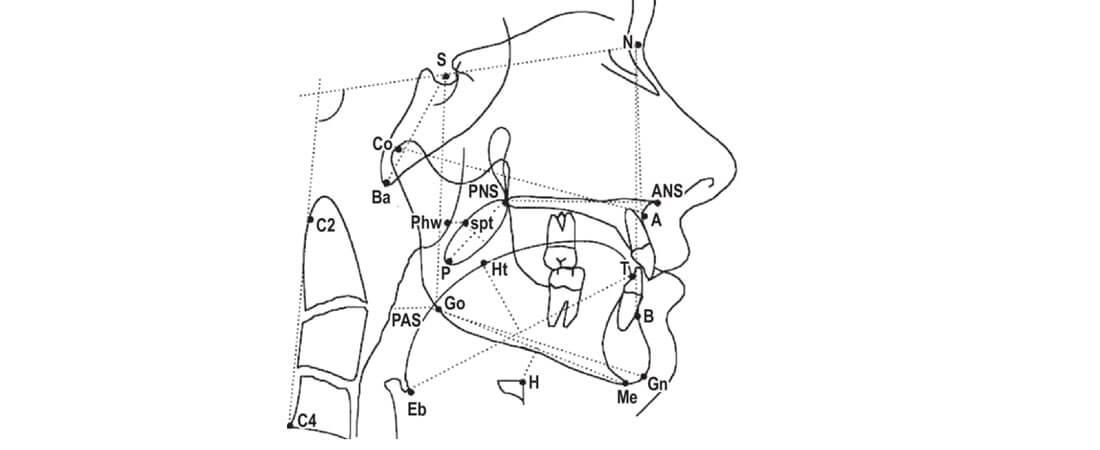Jaw Plastic Surgery or Orthognathic Surgery
Jaw plastic surgery, or orthognathic surgery, corrects aesthetic disharmony and bite alignment, restoring chewing function and aesthetic appearance. Plastic surgery is indicated in cases where orthodontic treatment alone is not effective, and in such cases, it may be part of a comprehensive treatment plan.
In most cases, orthodontists install braces in the preoperative period, and orthodontic treatment continues postoperatively.
Surgery is advisable after the cessation of growth — in women aged 14 to 16 years and in men from 17 to 21 years.
According to Weaver’s data, in 1998, more accurate ages were determined for women and men — 14.9 years and 16.5 years, respectively.
Aesthetics is the most popular and main motive — 89.1%.
The main goals of jaw plastic surgery in Yerevan, Armenia are to:
- Restore chewing and biting function
- Eliminate problems with swallowing or speech
- Minimize excessive tooth wear and overloading
- Restore proper bite and occlusion
- Ensure facial symmetry
- Improve lip closure
- Alleviate pain caused by temporomandibular joint (TMJ) dysfunction
- Provide comprehensive treatment for obstructive sleep apnea
The procedure is usually safe if performed by an experienced maxillofacial surgeon.
Risks may include:
- Bleeding
- Infection
- Nerve injury
- Fracture
- Relapse of the jaw misalignment
- Malocclusion and associated pain
- Loss of part of the jaw (rare)
In most cases, the orthodontist applies braces before surgery. Braces are usually installed for 12–18 months to align the teeth prior to the operation. Sometimes, jaw surgery in Yerevan, Armenia, is performed shortly after the braces are installed, and alignment begins two months later.
The orthodontist and maxillofacial surgeon work together to develop your treatment plan. X-rays, CT scans, and dental models are all part of the planning process.
Three-dimensional computer scanning, computer-assisted treatment planning, and temporary orthodontic anchorage devices (TADs) may be used preoperatively.
Sometimes Virtual Surgical Planning (VSP) is used to help your surgeon plan and adjust the position of the jaw for optimal results.
Orthognathic surgery in Yerevan, Armenia, is performed under general anesthesia by a maxillofacial surgeon. It takes place in a clinic and usually requires a hospital stay of a few days.
Surgical manipulation is typically performed intraorally, so no visible scars remain on the face. However, in some cases, small external incisions or punctures may be necessary.
The surgeon makes cuts in the jawbones and repositions them. Once the repositioning is complete, bone plates, screws, wires, and elastics are used to secure the bones in their new position.
Jaw surgery in Yerevan, Armenia, is performed using advanced equipment such as piezo surgical tools, minimizing trauma to surrounding tissues.
The procedure can involve either jaw, the chin, or a combination of these.
Maxillary osteotomy is performed in cases of:
- Significantly retruded or protruded upper jaw
- Gummy smile ( → Gummy)
- Open bite
- Midface hypoplasia
Mandibular (lower jaw) osteotomy is done for:
- Retrognathic lower jaw
- Prognathism ( Protruding lower jaw)
Chin surgery (Genioplasty):
Genioplasty can correct a small or receding chin, which often accompanies a severely retruded lower jaw.
Genioplasty was first performed by Trauner and Obwegeser in 1957. Since then, it has undergone many refinements. The development of 3D printing and piezosurgery led to the MIGG (Minimally Invasive Guided Genioplasty) technique — a less invasive procedure using custom 3D templates created from CT scans.
There is limited information on minimally invasive genioplasty. For example, Nadjmi used vertical incisions inside the lower lip to protect nearby soft tissues. This allows for a reduced surgical field and a lower risk of soft tissue damage.
Post-operative recommendations after jaw surgery in Yerevan, Armenia:
- Maintain careful oral hygiene
- Quit smoking
- Avoid strenuous physical activities
- Take prescribed painkillers
Initial healing takes about 6 weeks, but full recovery can take up to 3 months.
After this initial period, your orthodontist continues aligning your teeth with braces. The total treatment process — including braces and surgery — can take several years. After braces are removed, retainers may be used to preserve the results.
Effects of orthognathic surgery in Yerevan, Armenia:
- A more balanced appearance of the lower face
- Improved dental function
- Easier breathing, chewing, swallowing, and sleeping
- Improved speech
- Enhanced facial aesthetics
- Boosted self-confidence



